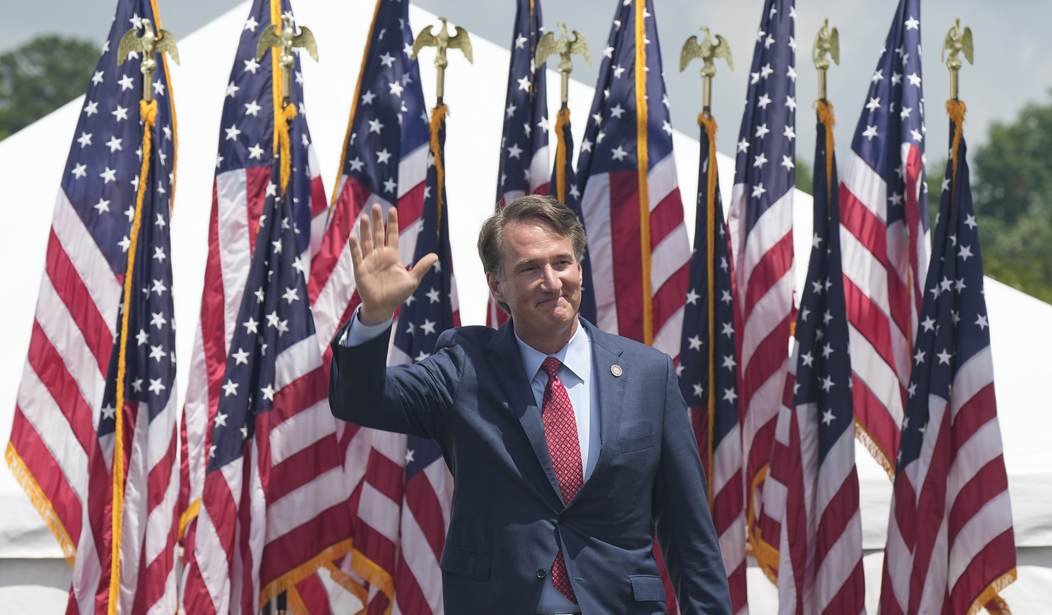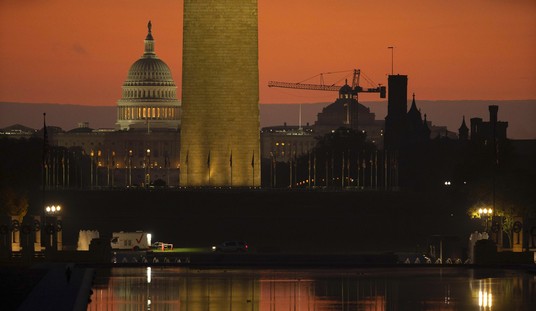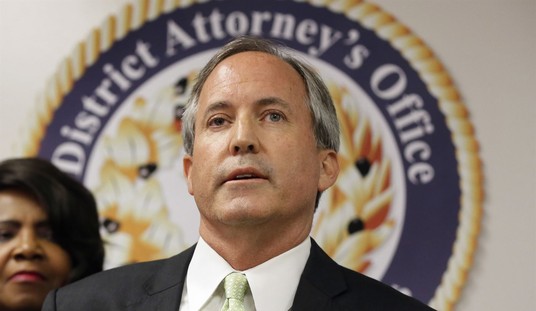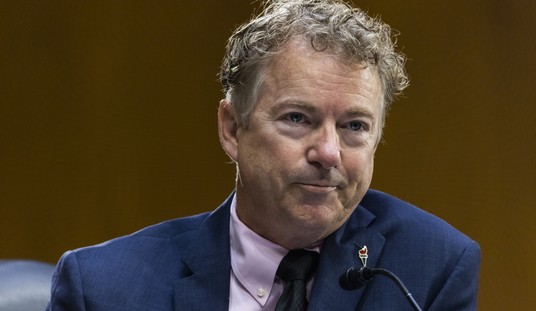Recently, Secretary of Finance Stephen Cummings of Virginia, was tasked with responding to a request from Democratic State Sen. Adam Ebbin on comparisons between the commonwealth and Maryland as well as Washington, DC. Cummings' letter to Ebbin, which was obtained by Townhall, documents how well Virginia has performed, surpassing the competition of nearby states and the district.
Virginia has outperformed Maryland and DC in job recovery since February 2020. This includes the accomplishment of recovering all jobs lost during the pandemic. "Virginia’s labor force significantly exceeds both Maryland and DC, and has grown above the February 2020 level," the letter also mentions.
For the month of June, Virginia was lauded for adding 115,000 jobs, making it the state with the third-highest job creation. In contrast, Maryland added 5,600 jobs. In July, CNBC declared Virginia to be the Top State for Business, described as "an unparalleled sixth win."
As Robert Dyer further explained about the June numbers between the two states [Emphasis original]:
Maryland's unemployment rate rose to 2.8% in June, while Virginia's dropped to 2.7%. The biggest area of job growth in Maryland was in the government sector. In contrast, Virginia's largest job growth was in the private sector, in Professional and Business Services. While Maryland has only added 27,800 jobs total since January 1, Virginia was able to add more than half of that in the last month alone.
And, it's not merely Virginia's numbers that stand out so well. Maryland has cause for economic concern, as the state acknowledges.
Per Cummings' letter:
In addition to this information provided by [Virginia Economic Development Partnership], the Comptroller of Maryland issued an economic report for 2023 that sounded an alarm for their economic situation. The challenges that Maryland faces regarding structural balance, the alignment of ongoing resources to ongoing expenditures, have also been well-documented during this year’s Maryland General Assembly session. According to the Maryland Department of Legislative Services, the Maryland General Assembly adopted a budget in which FY 2025 general fund spending was more than $1.4 billion below FY 2024 levels, the vast majority of this reduced spending was in capital outlay and relied on withdrawals from the state’s Rainy Day Fund to support ongoing spending. After the completion of the fiscal year, in July 2024, the Governor requested another $150 million in spending reductions relative to the budget the General Assembly adopted. Looking forward, the Maryland Department of Legislative Services estimates that “ongoing spending exceeds ongoing revenues in fiscal year 2025 by $485 million. The structural deficit increases to $1.7 billion in fiscal year 2026 and reaches over $3 billion by fiscal year 2028”.
Recommended
The state also had to cut costs, with the Baltimore Sun reporting earlier this month how "Maryland to cut $1.3B from transportation budget to address growing shortfall."
Virginia, in contrast, ended fiscal year 2024 with a $1.2 billion surplus for the Virginia General fund, while FY 2023 ended with $3 billion over the official revenue forecast, generating $5.1 billion in excess resources. FY 2022 ended with a $1.94 billion surplus for the fund.
Further, while both Maryland and Virginia are among the 14 states receiving AAA ratings from all three of the rating agencies, Cummings' letter noted that Maryland was "downgraded from Stable to Negative Outlook by Moody’s in May of this year." It was the first time since 2011.
Among those AAA states, Virginia has also seen improvement in reserve, increasing from 4 percent of revenues derived from taxes on income and retail sales to 17.4 percent. This put Virginia third only behind Texas and North Carolina for FY 2024, as Cummings' letter illustrates
"Virginia is recognized for its historically strong financial management by all three of the major rating agencies," Cummings also wrote towards the end of his letter to Ebbin.
Such points are "further supported by information published by the Joint Legislative Audit and Review Commission," Cummings also pointed out, citing the 2024 JLARC report on "Virginia Compared to Other States."
Among those points which Cummings highlighted:
- Between 2013 and 2023 Virginia population grew 5.6 percent (22nd) while Maryland grew at 4.3 percent (27th).
- For FY 21, Virginia had higher state revenues per capita than Maryland, but lower local tax revenues. However, when combined, Maryland (13th) had a higher amount of state and local taxes as a percentage of personal income than Virginia (28th).
- From January 2022 to June 2024, Virginia added 259,000 jobs, top 10 in the country. Maryland added 73,000 jobs, which is 50th.
- U-Haul net inbound volume for 2023 showed that Virginia was 10th, Maryland was 44th.
Cummings' letter also highlights a key distinction about Virginia and other states.
"As we have been saying, there are clear winners and losers in the US economy over the past decade and, in particular, after the pandemic," he wrote. "Lower cost, business friendly states have captured the vast majority of domestic migration at the expense of higher cost, less attractive business environments leading to growth in population, economies and state revenues available to fund programs while further reducing tax burdens on individuals and companies."
It's also worth noting that Virginia has been led by Republican Gov. Glenn Youngkin since 2022. He was able to work with a Republican-led House of Delegates for the first part of his term, and vetoed a record amount of bills sent by the Democratic-led state legislatures in the face of divided government, reminding how the commonwealth hasn't gone fully blue yet.
Maryland, on the other hand, replaced former Republican Gov. Larry Hogan, who was term limited, with Democratic Gov. Wes Moore, who came into office a year after Youngkin.






















Join the conversation as a VIP Member